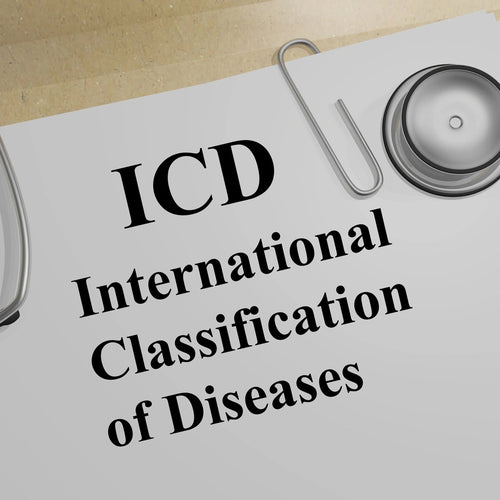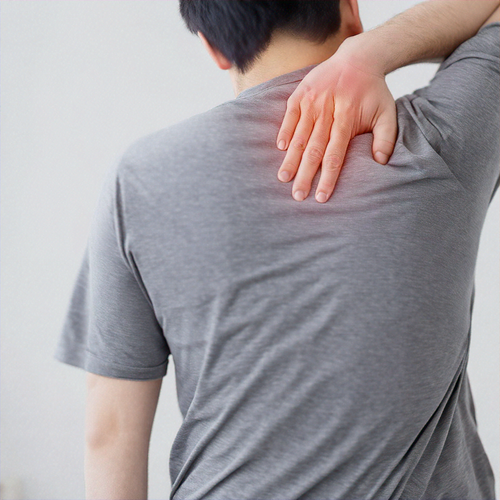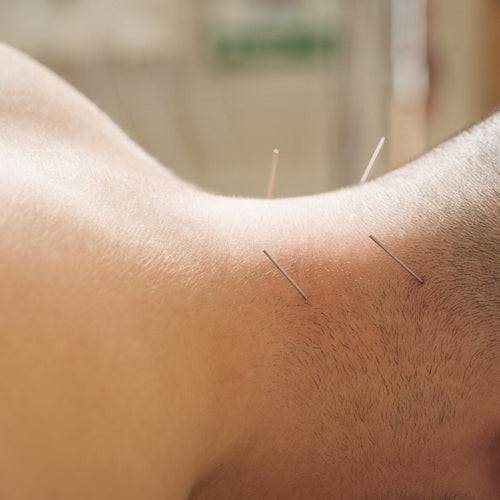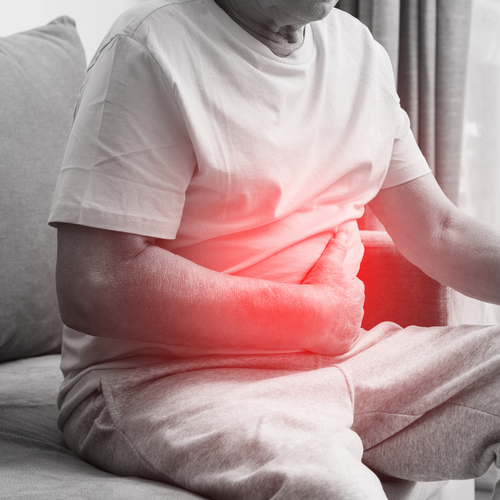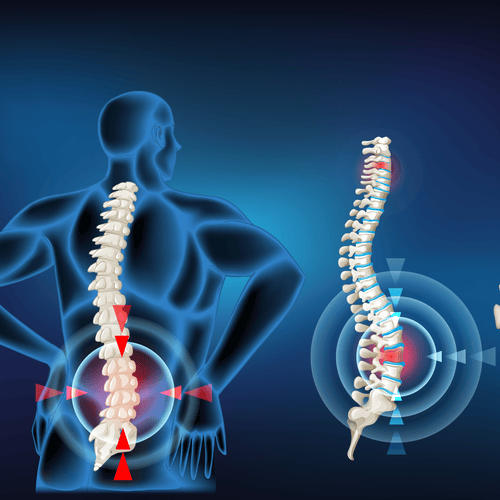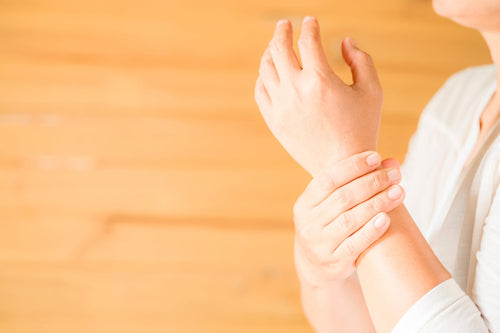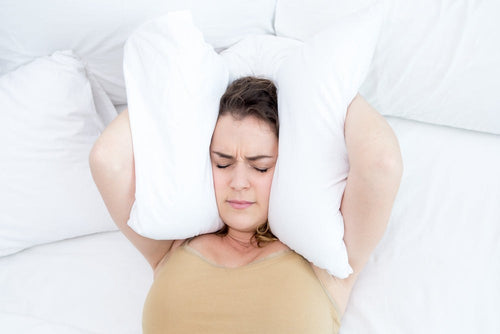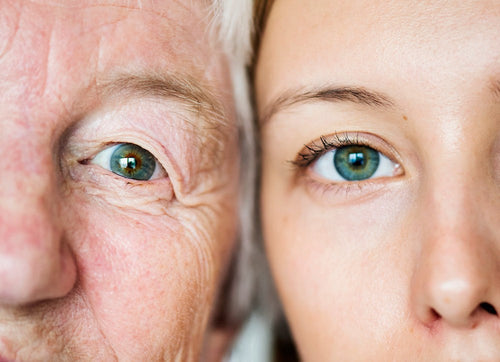Migraines are more than just severe headaches; they are debilitating episodes of throbbing pain, often accompanied by nausea, vomiting, and sensitivity to light and sound. For many migraine sufferers, finding effective relief can be a daunting journey. Acupuncture, rooted in Traditional Chinese Medicine (TCM), has emerged as a natural and promising therapy for alleviating migraine symptoms and preventing their recurrence. In this article, we explore how acupuncture can offer a beacon of hope for those seeking refuge from the relentless grip of migraines.
Three Pervasive Factors Contributing to Migraines
1. Trigger Factors
Migraines often have specific triggers, such as certain foods, stress, hormonal fluctuations, or environmental factors.
2. Vascular Changes
Migraines are associated with changes in blood flow in the brain, leading to painful dilations and constrictions of blood vessels.
3. Neurological Sensitivity
The nervous system plays a pivotal role in migraines, with increased sensitivity to stimuli contributing to the pain and discomfort.
Specific Acupuncture Points for Migraine Relief
Gallbladder Meridian:
- GB-20 (Feng Chi): Located at the base of the skull, these points can provide immediate relief from headache and migraine symptoms.
Liver Meridian:
- LV-3 (Tai Chong): Situated between the first and second toes, it helps to calm the Liver and reduce emotional triggers for migraines.
Pericardium Meridian:
- PC-6 (Nei Guan): Located on the inner wrist, it helps to alleviate nausea and vomiting associated with migraines.
TCM Patterns and Migraine Relief
Liver Yang Rising:
Description: In TCM, migraines are often linked to Liver Yang rising, leading to headache pain, irritability, and sensitivity to light.
- Acupuncture Treatment: LV3 (Tai Chong) and GB20 (Feng Chi) to soothe Liver Yang.
- TCM Formulas: Chai Hu Shu Gan Tang to pacify Liver Qi.
- Dietary Suggestions: Foods that cool Liver Heat like mint, cucumber, and leafy greens.
Blood Stasis:
Description: Blood stasis can lead to migraine pain with a sharp, stabbing quality.
- Acupuncture Treatment: SP10 (Xue Hai) and BL17 (Ge Shu) to invigorate blood circulation.
- TCM Formulas: Tao Hong Si Wu Tang to nourish and move blood.
- Dietary Suggestions: Foods that invigorate blood like beets, garlic, and dark chocolate (in moderation).
Kidney Yin Deficiency:
Description: In this pattern, migraines may be accompanied by a sensation of heat or flushed cheeks.
- Acupuncture Treatment: KI3 (Tai Xi) and HT6 (Yin Xi) to nourish Kidney Yin.
- TCM Formulas: Liu Wei Di Huang Wan to tonify Kidney Yin.
- Dietary Suggestions: Foods that nourish Yin like goji berries, black sesame seeds, and watermelon.
Acupuncture offers a ray of hope for migraine sufferers who seek relief from the agony of these debilitating headaches. Several studies, including one published in the journal Headache, have demonstrated the effectiveness of acupuncture in reducing the frequency and severity of migraines1.
By understanding the TCM patterns associated with migraines and utilizing specific acupuncture points, practitioners can offer a holistic approach that not only alleviates symptoms but also addresses the root causes of these recurrent headaches. For those who have long battled migraines, acupuncture may provide a pathway to a life with fewer interruptions and less pain.
Footnotes
- Linde, K., Allais, G., Brinkhaus, B., Fei, Y., Mehring, M., Vertosick, E. A., ... & Vickers, A. (2016). Acupuncture for the prevention of episodic migraine. Cochrane Database of Systematic Reviews, (6)


